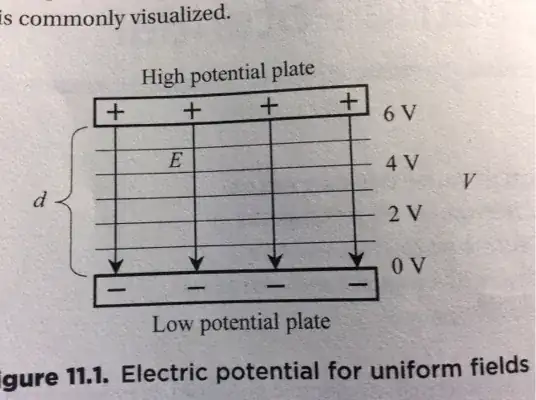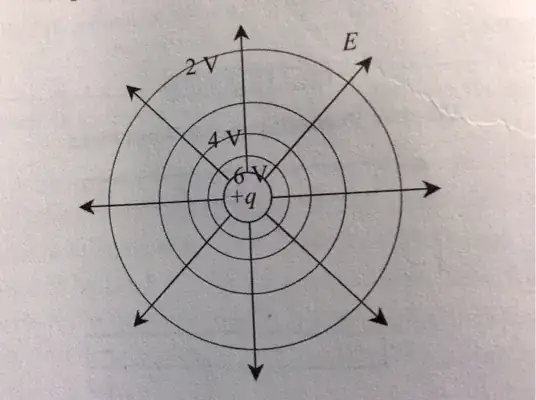The equation: $U_E = Vq$ or $(Eq)d$.
This works the same way as the equation for gravitational potential energy: $mgh$
But to me, for charges of different signs, the potential energy also varies.
Because $d$ is measured from lowest point, usually negative plate, in the case of parallel plate for example, the direction that a particle moves in affect the distance it travel, and thus the potential energy it has.
clarification For example, a negatively charge particle, starting from 2v, would move upward towards the positive plate, which is higher potential. A positive particle would move downward. Since potential kinda is distance. The two particles would have different potential energy. But this is not shown in the equation.
See here, if the charged particle is placed at exactly the middle, sign will affect direction and thus affect the potential energy.

Same for point charge: 
Consider $E = k\frac{q}{r^2}$. Because "r" is the distance between the center of the particle to where the test point is located and because in this case the particle is positive, the equation would really apply if the test point placed near this particle is also positive, meaning if released, the test point would go away from it. Then the distance is not "r".
`